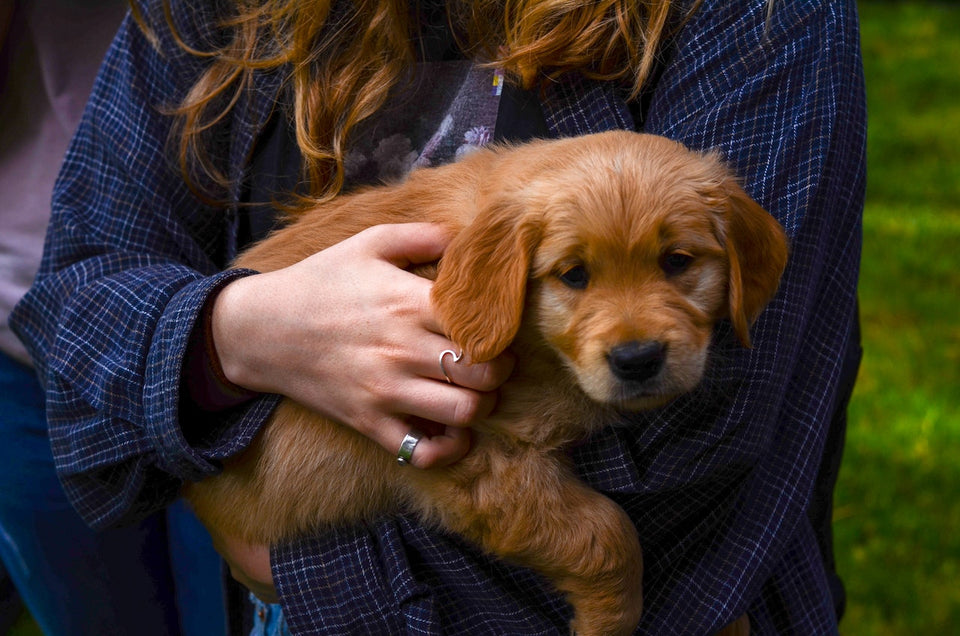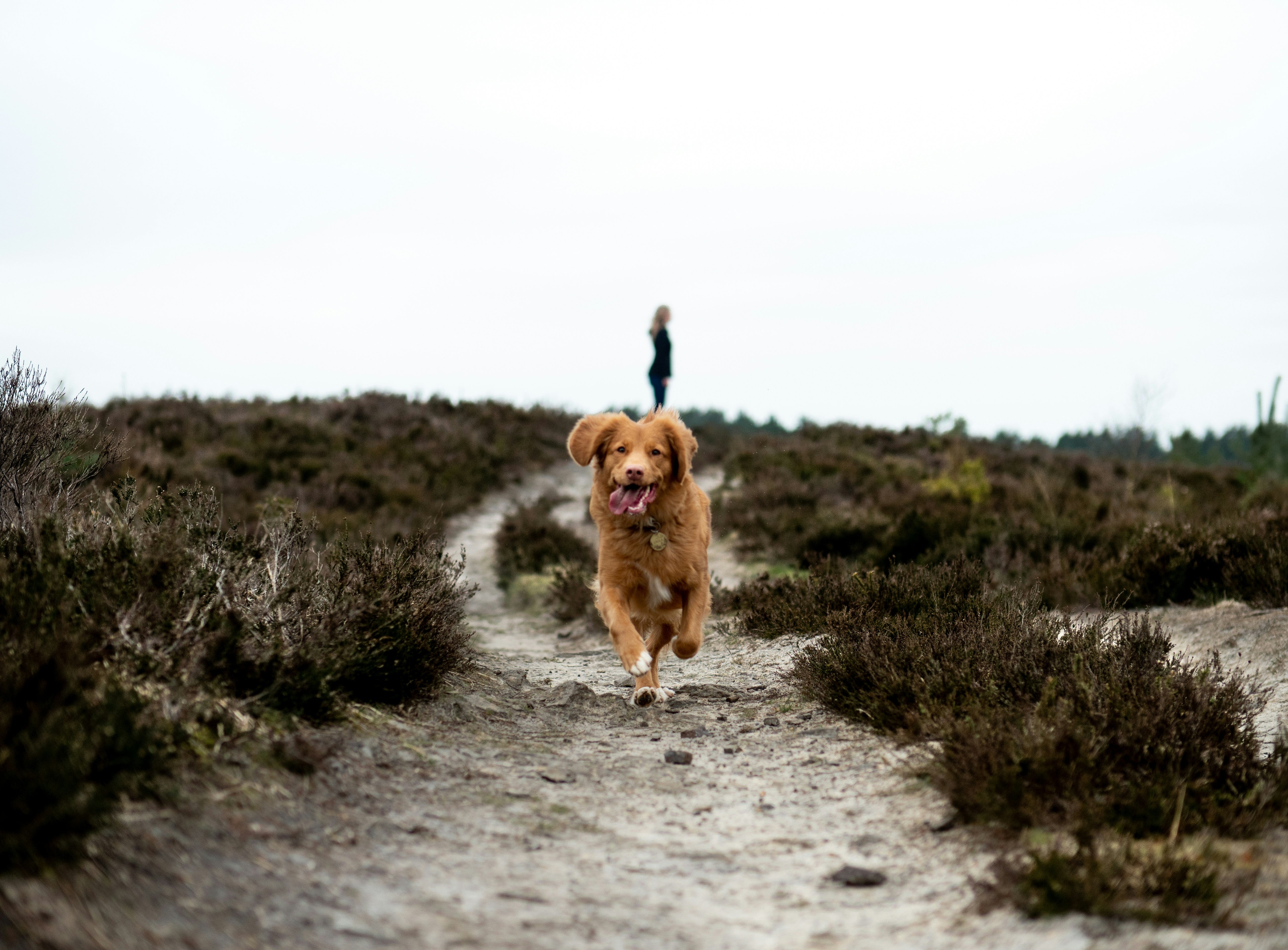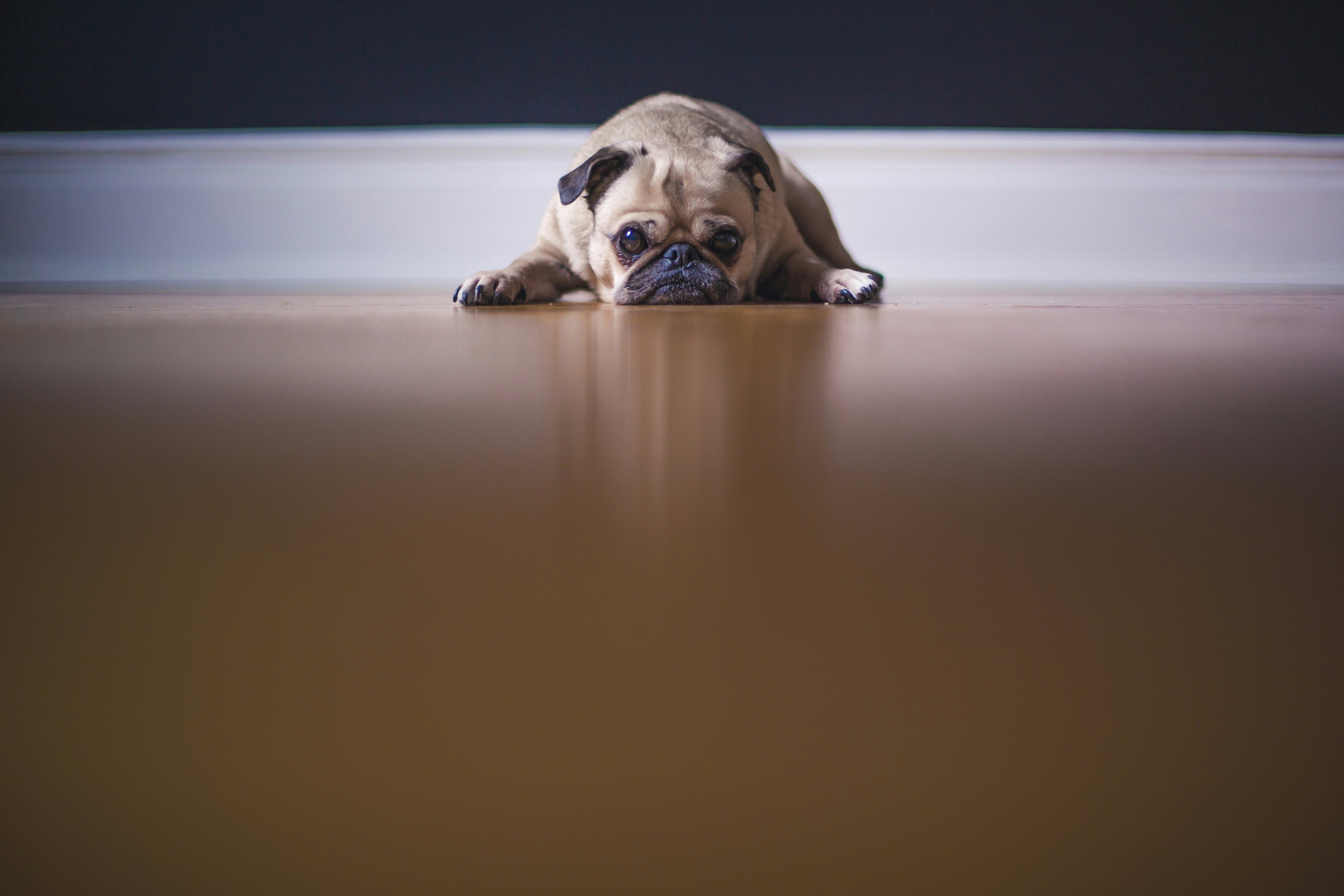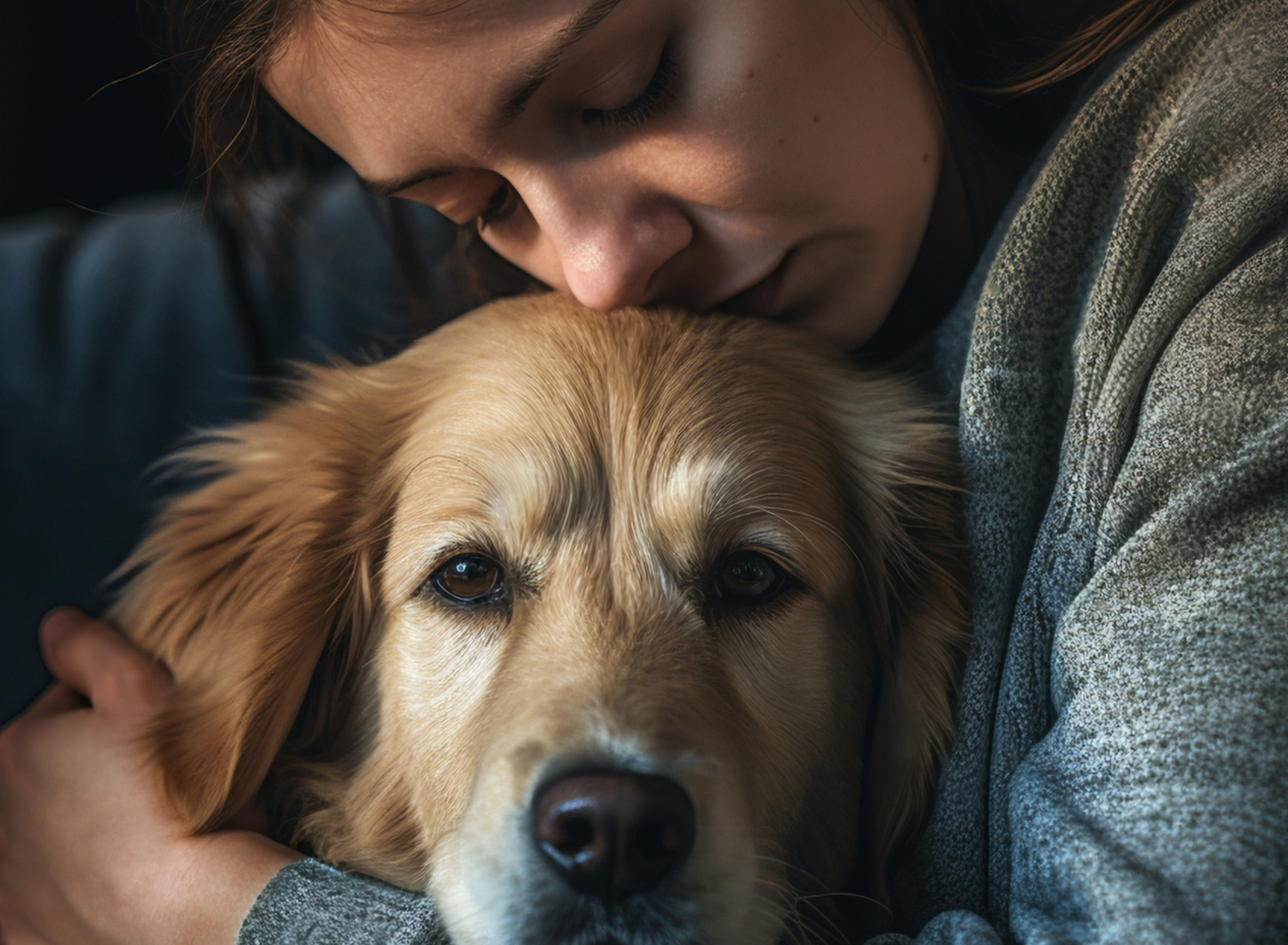
How to Introduce Your Puppy to Your Resident Dog

Bringing a new puppy into a home with an existing dog can be an exciting yet challenging experience. Learn the proven techniques that will ensure a peaceful and successful introduction.
From scent exchanges to neutral territory meetings, we guide you through each step of this critical process, helping you create a harmonious environment for both your resident dog and the new pup.
Prepare Your Home
You've chosen your new puppy and are eager to welcome them into your home. While this is an exciting time, it's important to consider how your resident dog may react to the new addition. To prepare for the smoothest possible transition, take steps to ready your home. Tools such as a crate, an exercise pen, and baby gates can be invaluable in managing initial interactions and providing quick separation when needed.
Tools You Will Need
Preparing your home for a new puppy companion involves creating a safe and welcoming environment that caters to their needs. Start by puppy-proofing your home. Remove small objects that could pose a choking hazard, and secure loose wires or cables that might be chewed.
Designate a specific area for your puppy, complete with a comfortable sleeping spot, food and water dishes, and a designated potty area if you're not immediately training outside. Also, invest in essential tools such as a crate, an exercise pen, and baby gates to help manage interactions with other pets and family members.
Finally, stock up on toys and chewables to keep your puppy occupied and help alleviate teething discomfort.
Establish a Routine
Establishing a routine with your new puppy is critical to helping them adjust to their new home and learn what's expected of them. Here are a few ways to create a healthy routine:
- Establish a Feeding Schedule
- Potty Training
- Sleeping Routine
- Regular Training and Playtime
- Alone Time
Remember, every puppy is different, and what works for one might not work for another. Be patient, flexible, and willing to adjust the routine as needed. Your puppy will soon adapt to their new schedule with consistency and positive reinforcement.
Understand That Your Puppy Has a Lot to Learn
Understanding that your puppy has a lot to learn is an essential part of their integration into your home, particularly if you have a resident dog. They don't yet comprehend the rules set by adult dogs, which can lead to misunderstandings or conflicts. It's important to remember that your new puppy will be looking to both you and your resident dog for guidance and learning.
You'll need to exercise patience and provide consistent, gentle instruction to help them navigate this new environment. Your resident dog can also play a crucial role in this process, teaching your puppy about appropriate behavior through their interactions.
Transform Your Pet's Crate into a Comfortable Home! Try Our Upgrade Your Crate Kit, Designed to Enhance Your Pet's Comfort and Blend Seamlessly with Your Home Decor. Elevate Your Pet's Living Space.

Make The Meeting Place a Neutral Place
Introducing your new pup to your resident dog in a neutral location is highly beneficial and often recommended by experts. This strategy is rooted in understanding the territorial nature of dogs. Your home is your resident dog's territory, a place where they feel safe and in control.
Bringing a new puppy directly into this space can trigger defensive or aggressive behaviors, as the resident dog may perceive the newcomer as an intruder.
After the dogs have had a chance to get acquainted in the neutral location, you can then drive them home together. By this time, your resident dog has already had a chance to sniff and familiarize themselves with the puppy, making the transition smoother and less stressful for both dogs.
Supervise at All Times
Supervision plays a critical role in ensuring the safety and happiness of both your new puppy and your resident dog, particularly during their initial interactions. You can observe their body language and interactions, intervening to prevent potential harm.
For instance, if play gets too rough or one dog seems uncomfortable, you can calmly separate them before any distress escalates into aggression. Supervision also allows you to guide their interactions, rewarding good behavior and gently correcting undesirable ones, which aids in establishing a positive relationship between the two dogs.
Giving Both Dogs Breaks from Each Other
Introducing a new puppy to an established household can be stressful for both dogs. As such, it's important to give them regular breaks from each other to prevent either one from becoming overwhelmed by the situation.
The amount of time they spend apart will depend on their individual needs and personalities, so pay close attention to their body language when deciding how long you should keep them separated.
When your resident dog is taking a break, you can use this time to give them plenty of love and attention to remind them that they are still the most important member of your family.

Reward Good Behavior
Rewarding good behavior is a fundamental aspect of positive reinforcement training. This approach encourages dogs to repeat desirable behaviors by associating them with positive outcomes.
When introducing a new puppy to your resident dog, rewarding positive interactions to foster a harmonious relationship is crucial. Do this with verbal praise, treats, playtime, and petting.
Rewarding good behavior is important because it teaches dogs what is expected of them, helping them understand and internalize the rules of their new cohabitation.
It also helps build a positive association with each other, leading to a more peaceful and friendly relationship. Remember, consistency is key in this process.
Say Goodbye to Unpleasant Pet Odors! Try Marlie Mist Pet Odor Eliminator with Essential Oils, Made with Pet-Friendly Essential Oils. It's the Natural Solution for a Fresh-Smelling Home. Order Yours Today and Breathe Easy.
Enjoying The Process of Introducing a New Puppy to Your Home
Introducing a puppy to your resident dog requires patience, understanding, and careful management. Choosing a neutral location for their first meeting can significantly reduce territorial tension while rewarding positive behavior encourages harmony between the two.
Constant supervision is paramount, especially during their initial interactions, to ensure the safety and happiness of both dogs. With time, consistency, and positive reinforcement, your resident dog and new puppy can foster a peaceful and friendly relationship.
Share this article
written by


